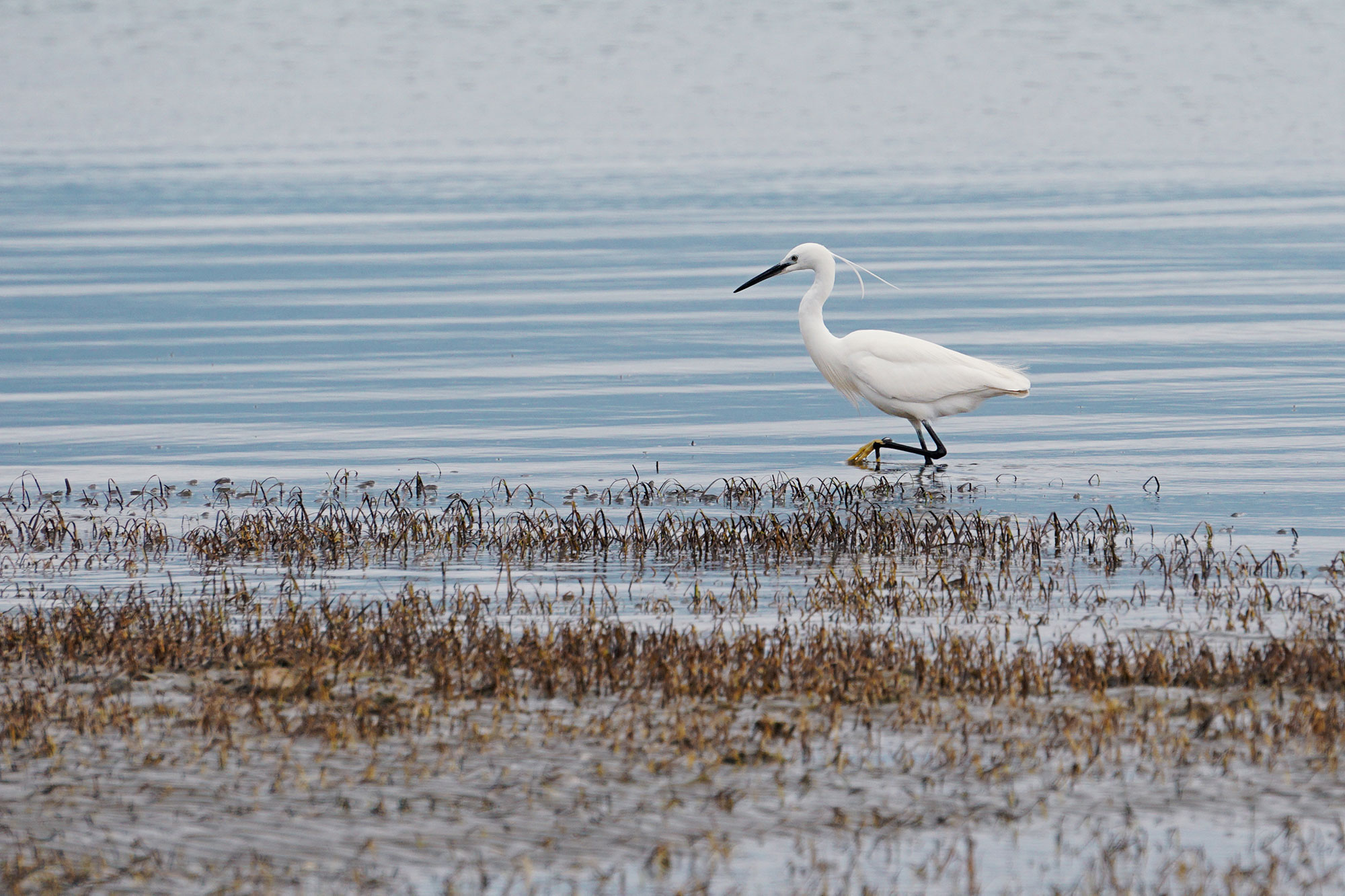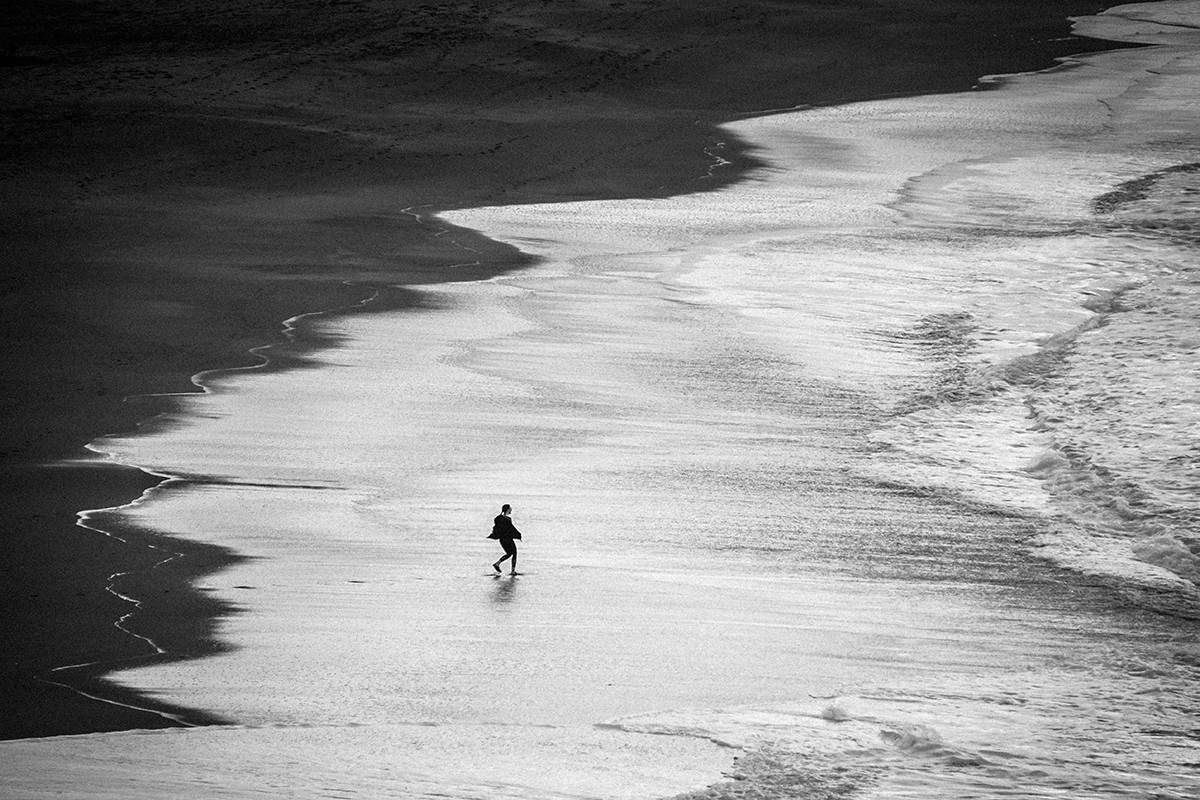
As a photographer, I’ve often asked myself: What is the purpose of my work?
Beyond the technical skills, the lighting, and the gear, there must be a reason we choose to lift the camera in the first place. Photography can be deeply personal, a way to freeze a fleeting moment or express emotion. But it can also serve a much greater purpose.
Think about how photography has shaped our understanding of the world:
Photography and war — We’ve seen the raw, unfiltered truth of conflict through the eyes of photojournalists like James Nachtwey, whose words echo like a mission statement:
“I have been a witness, and these pictures are my testimony. The events I have recorded should not be forgotten and must not be repeated.” – James Nachtwey
Photography and refugees — I’ve had the opportunity to work with UNHCR and Samaritan’s Purse in refugee camps. I’ve seen the heartbreak of displacement, the silent strength of families who have lost everything, and the stories that rarely make headlines. It changed the way I see the world — and the role of photography in it.
Photography and conservation — In places most of us will never go, photographers are documenting environmental collapse, endangered wildlife, and the fragility of ecosystems. Their images carry warnings, yes — but also hope. They show us what’s still here, still worth saving.
This is the space where conservation photography lives, at the intersection of truth, empathy, and action. It’s a genre that doesn’t just ask us to look, but to see. And to care.
What is Conservation Photography?
Conservation photography is more than capturing beauty. It’s about using visual storytelling to protect it. At its heart, it’s a form of environmental journalism with a camera. These images aren’t just aesthetically powerful; they carry urgency, advocacy, and often, a plea for change.
Unlike traditional nature photography, conservation photography shows the full story, not only the wonder of the wild but also the threats that endanger it: deforestation, pollution, overfishing, climate change, and human-wildlife conflict. It bridges science and emotion, drawing the viewer into complex environmental issues through a single frame.
Some of the most important work happening today involves collaborations between photographers and scientific institutions, especially in marine conservation.
For instance:
The Marine Mammal Laboratory (NOAA Fisheries) studies harbor porpoises, seals, and whales to understand how they’re impacted by human activities like sonar, shipping, and fishing. Their research often depends on visual records — including photo identification, drone imaging, and underwater photography — to monitor populations and behaviors.
Read moreThe Marine Mammal Center on the U.S. West Coast actively rescues and rehabilitates marine mammals while contributing to conservation science. Their work includes tracking endangered cetaceans and using photo documentation to understand migration, injury, and recovery.
Explore their researchNGOs and Arctic research teams often work with photographers to document melting ice, shrinking polar bear habitats, and the cultural impact of climate change on Indigenous communities. In many cases, a single image from the field can mobilize international support or funding for protection efforts.
This is where photography transcends art. It becomes evidence, testimony, and catalyst. Conservation photographers are visual translators of science, helping us see what data alone cannot show.
In an age where ecosystems are collapsing silently, their work speaks loudly.
Why It Matters
We live in a time when environmental crises are unfolding rapidly, and the evidence is often hidden from view. Climate change, biodiversity loss, and habitat destruction are no longer distant threats, they’re happening right now, in places many of us will never see.
This is where conservation photography plays a crucial role. It’s not just about capturing a beautiful sunset or an endangered species in the wild. These images are windows into the world’s most pressing challenges. They bring distant, often invisible issues into our line of sight, offering a glimpse of the urgent need for change.
But the significance of conservation photography extends beyond awareness. Powerful imagery can spark emotional responses that drive action. It’s about capturing a moment that resonates with people on a visceral level, one that stays with them long after they’ve put the camera down or scrolled past the image. A photograph can move someone to become an advocate, to support policy changes, or to contribute to conservation efforts.
The emotional power of a photograph is unparalleled. For example, an image of a sea turtle trapped in plastic debris might prompt someone to rethink their consumer habits. A photograph of a vanishing glacier can ignite calls for climate policy reforms. These images don’t just capture the beauty of the Earth, they show us what’s at risk, and in doing so, inspire us to protect it.
In an increasingly digital world, visual storytelling has become one of the most effective ways to communicate complex scientific concepts to the public. When a photographer stands at the edge of an ocean, documenting the impacts of pollution or climate change, they are serving as both witness and advocate. Their photographs speak louder than statistics or reports.
At its best, conservation photography acts as a bridge between scientific research and public understanding. It transforms dry data into something personal and urgent, something we can’t ignore.
As the world faces unprecedented environmental challenges, conservation photography is not just a tool for documenting what is happening, it’s a vital force in shaping the future of our planet.
A Conversation You Don’t Want to Miss: Lana’s Story
 If you’re curious about the real heart of conservation photography, I invite you to read our exclusive written interview with Lana Tannir, a renowned conservation photographer and National Geographic Explorer, coming this Sunday, May 4.
If you’re curious about the real heart of conservation photography, I invite you to read our exclusive written interview with Lana Tannir, a renowned conservation photographer and National Geographic Explorer, coming this Sunday, May 4.
Lana’s work has taken her to some of the most remote corners of the Earth, documenting the intersection of people and nature in the Arctic and marine environments. Over the past decade, she has worked closely with scientists and researchers, helping to highlight urgent environmental issues affecting our oceans and wildlife.
Sharing in the interview:
Nature and Conservation – Insights into how conservation photography goes beyond capturing the beauty of nature to documenting the urgency of environmental issues, helping to safeguard ecosystems and inspire action on a global scale.
Personal Stories – An exploration of Lana’s personal journey as a photographer and conservation advocate, including the moments and experiences that have shaped her mission and vision in this vital field.
Communities – How Lana works with local communities, scientists, and NGOs to amplify the voices of those directly involved in conservation efforts, highlighting the importance of collaboration in making a lasting impact.
Purpose – The driving force behind Lana’s work using photography as a powerful tool for change, raising awareness, and inspiring others to take action in protecting our planet for future generations.
Lana’s work is a powerful reminder that conservation photography is not just about capturing stunning images, but about raising awareness and inspiring action. Through her lens, we gain a clearer understanding of the beauty worth protecting and the threats that demand our attention.
Be sure to read the full interview this Sunday, May 4, to learn from one of the leading voices in conservation photography.
Have Questions?
If you have any questions for Lana, feel free to share them in the comment section below, or reach out on Instagram at @lanatannirphoto or @johnmakphotography. We’d love to hear your thoughts and keep the conversation going!



